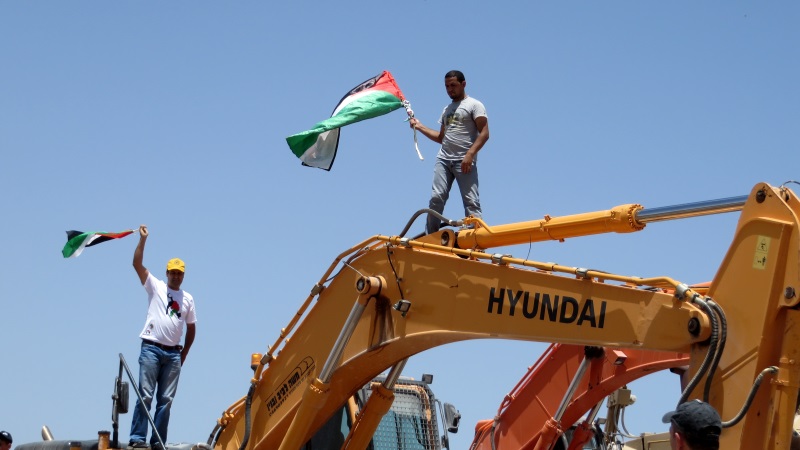Category: Nablus
-
Eight shebab [youths] kidnapped in Asira al-Qibliya
2nd June 2014 | International Women’s Peace Service | Asira al-Qibliya, Occupied Palestine At around 2 am on Sunday night, five Israeli military jeeps, three large military vehicles, and some 30 soldiers on foot arrived in the village of Asira al-Qibliya (south of Nablus). In total silence, they started entering Palestinian houses without knocking on their doors first. That…
-
Photo story: Palestinians march in Tulkarem to defend their right of return
31th May 2014 | International Solidarity Movement, Nablus team | Tulkarem, Occupied Palestine On the morning of the 31st of May, several buses filled with Palestinian and international activists from across the West Bank gathered in Tulkarem to march towards the Natanya checkpoint, used only by the Israeli military forces. Political groups, Palestinian civil society and…

![Eight shebab [youths] kidnapped in Asira al-Qibliya](https://palsolidarity.org/wp-content/uploads/2014/06/asira4.jpg)

